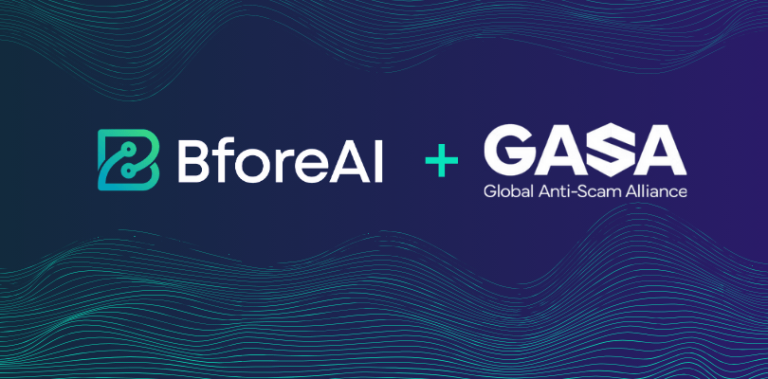
Have you ever wondered if the internet was 100% trustworthy ? If you answered yes, then you have the right to be in doubt.
The evolution of the internet has brought with it a number of convenient advances in the way we bank, shop and overall interact with the world around us. However, this evolution has also brought risks with it. The cybercrime industry is growing at a rate of 15% year over year.
This industry represents the greatest transfer of economic wealth in history. Tricking people has been there since ancient times, the only thing that differs today is the way it is done. Whether it’s ancient thieves from the Middle Ages or modern cybercriminals, it all boils down to one thing: your money. However, cybercriminals today are a little more sophisticated.
This article will cover different ways to spot the not-so-obvious tactics that these people use to trick you.
What wants to steal my data?
To answer this question, you must first understand what a phishing attack is. It’s an attempt to trick you into divulging your private information. The internet is filled with valuable data, that’s why there are many security mechanisms in place to protect that data. However, there’s a weakest link: the human.
A phishing attack typically starts with an email that claims to be from a legitimate website. This type of email usually asks you to reply with personal information, or can even link to a website that looks remarkably like the original website of a bank or an online store you’re familiar with. If you’re convinced by the email thinking it’s not a a scam, and you end up entering your data, your data is now in the hands of the attacker!
So how to avoid phishing attacks?
Fortunately, there are some signs of phishing scams.
1. Pay Close Attention to the URL
They can also use a variety of strategies to make tempting URLs such as “Wikiipedia.org” instead of “Wikipedia.org” where they can use the letter “i” twice instead of once.
2. Check Connection Security Indicators
You should also pay attention to non-secured HTTP connections. Any website that is asking for your personal information should be using HTTPS to encrypt the data.

When a website is a scam, a “not secure” sign will appear. If it’s a secure website, a lock will appear instead.
3. Read the Emails Carefully
Attackers will often send emails from addresses at domains that don’t belong to the legitimate company. Another important element is the attractiveness of the emails. Attackers use very attractive headers such as “Your X Bank Account is Limited, Solve in 24 Hours”. It’s non other than a psychological manipulation to make you freak out about what might be going on in your bank.
4. Look for Trust Seals
At this point you must be wondering, what are trust seals? It’s very simple. Trust seals are logos placed on homepages, login pages and checkout pages. They’re here to remind visitors that they can enter their information on that page without any harm. It’s an advertisement of the security system that the company is using.
Beware: these trust seals are clickable only where they display verified information. Do not limit yourself to seeing the seal, it’s essential to click on it to verify its legitimacy.
Trust Seals often look like this :

The only way you can handle phishing attacks is by being extra careful. Attackers now are using much more sophisticated ways and much more attractive emails and websites that are very similar to authentic ones. If you ever suspect an email is a phishing attack, do not click on any links or download any attached files. Get in touch with your bank, the store or the entity concerned through their official contact information.
If you’re looking for ways to avoid any kind of cybercrime, then you’re in the right place. Did you know that there are effective ways to protect your data without having to worry about any details? At Bfore.Ai, we work daily to ensure these phishing attacks get stopped before even reaching their targets.
We are here to make your internet journey safer than it has ever been. Visit our website for more information !





